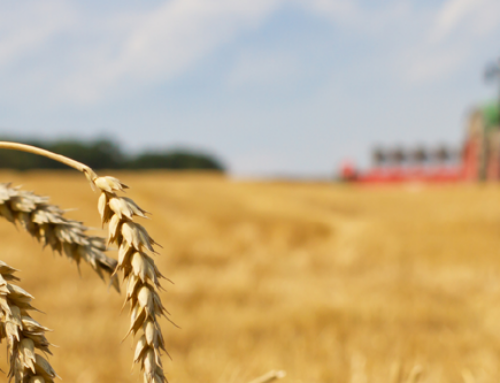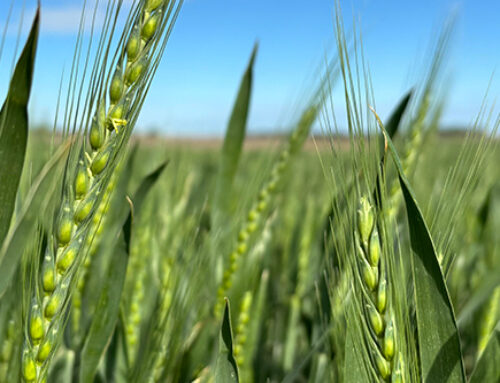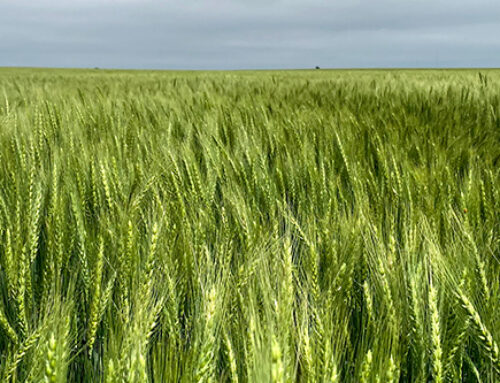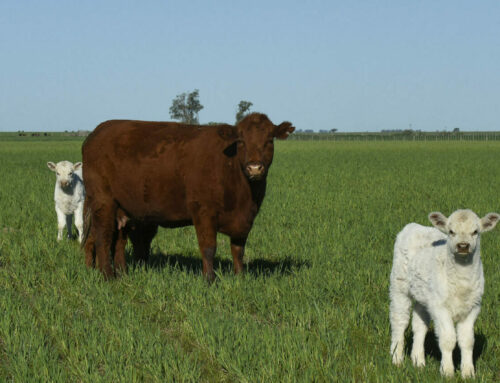Wheat harvest will wrap up shortly across the High Plains. It was an interesting year. A dry fall and winter was followed by an unusually wet spring. Late freeze and snow events added to the roller coaster that is growing wheat!
As you prepare for sowing wheat again this fall, it is time to look at the value of soil sampling your fields. Knowing the current fertility levels in your fields will help you spend your fertilizer dollars wisely, and allow you to implement a game plan to supply the next crop with the proper nutrients at the proper time. Your Crop Quest Agronomist can also utilize data layers, such as yield data, NDVI Imagery, or Electrical Conductivity (EC) layers to pinpoint where soil samples should be taken based on productivity and management zones.
It is important to make sure adequate phosphorus is available to the crop. Phosphorus requires some incorporation into the soil, so a pre-plant application, or applying it with the seed will allow the wheat to get off to a good start.
The wet spring may have moved nitrate nitrogen a little further down in the soil profile than usual. It is hard to predict where and how much nitrogen will be available in the soil this year. We could see more mineralization, or more denitrification than usual this year. Soil tests should give us a good indication of whether we need to change the amount of nitrogen that would normally be applied.
Placement and timing of fertilizer applications is important as well. Your Crop Quest Agronomist can help you manage your entire fertility plan. This will allow you, the producer to get the most value out of your fertilizer dollar, and avoid applying unnecessary amounts of fertilizer.
This past year, we saw an inordinate amount of wheat streak mosaic across the country. Wheat streak mosaic is vectored by the wheat curl mite. The mite’s main host is volunteer wheat. We cannot stress enough the importance of properly managing volunteer wheat control in your fallow acres, or in your continuous cropping acres going back to wheat this fall. By controlling the host, you can control the wheat curl mite population, and movement of this pest.
Your Crop Quest Agronomist can help you with fallow management, and proper seedbed preparation in your continuous wheat fields. Contact your Crop Quest Agronomist today to let us help you best manage all your wheat and fallow acres.
Featured Image by: Isak Engström on Unsplash





